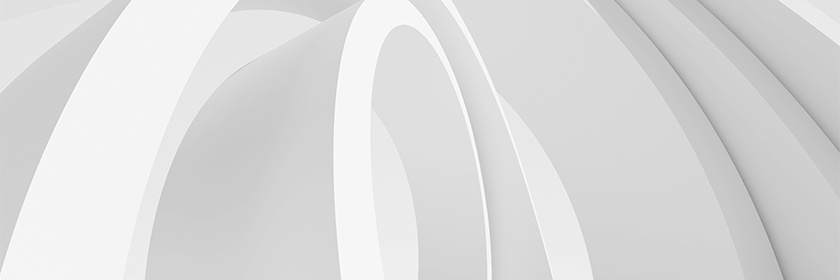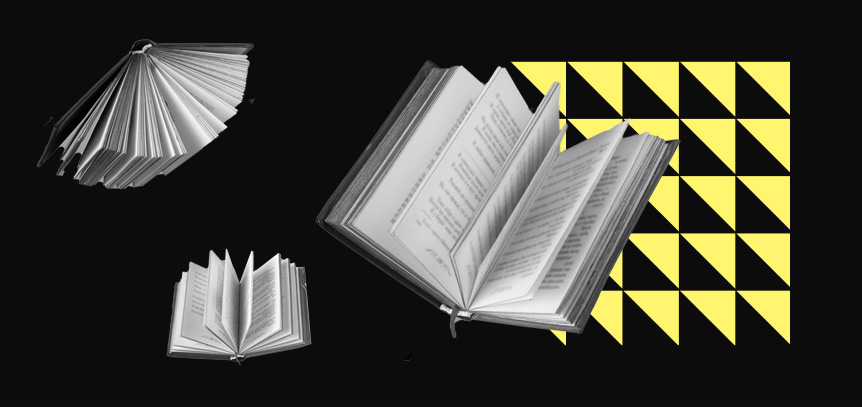
How to work with a content marketing agency on creative design
Top content creators aren’t just wordsmiths. They’re digital designers, too. We’ll show you how to work with your team and why the strategy behind their designs is just as important as the appearance.
Everyone’s got an opinion on design. Let’s face it, we’ve all lifted a brush at some time in our lives. But just as reading 50 Shades of Grey won’t turn us into bestselling content writers, having an opinion on art doesn’t make anyone an expert on audience response.
Because the criteria for judging graphic design and page layout are the same as judging content: objective. Not “What does this image mean to me?”, but “What does it persuade an audience to do?”. That’s what design means in your content marketing activities: whatever works.
At Tomorrow People, we know what works — because we do it 100 times a month. We’re going to reveal our design secrets to you, so you can learn best practice in judging graphic design … and how it isn’t about fonts and colors.
What is design? It’s any directed act of creativity driven by a commercial purpose. (Differentiating it from art, which often exists for its own sake.) The user interface of an iPhone, the shape of a butter knife, the satisfying clunk of a BMW door — all are acts of design. Design isn’t an explosion of ideas: it’s focused.
So when critiquing content design (the layout of a web page, eGuide, or email, for example) a few concepts will help. Let’s start with five ideas that’ll make you a smart cookie when evaluating content design: intended purpose, image board, reading gravity, white space, and text color.
Intended purpose: what the content needs to do
As with any brief, consider a piece of content’s purpose above all. Whether or not you like that shade of purple, regardless of whether you’re a Helvetica traditionalist or a Comic Sans maniac, your first thought must always be on the intended purpose.
TOFU content is designed to catch a reader’s initial interest: its purpose is to wake readers up to a business pain. (Hopefully one they’re suffering themselves.) That’s why TOFUs tend to be short, snappy, and snackable: it’s content that likes being shared. While a consideration piece goes deeper: it’s about leaving the reader with the thought there are solutions out there that make their life easier. That means you want readers actively engaging with the content, asking questions of it, looking for what’s next when they finish. (That’s why neither TOFU nor consideration includes a buy button. The reader isn’t at that stage of the sales funnel yet.)
BOFU content, by contrast, is actively involved in converting the prospect into a buyer. There will be invitations to contact a company, attend a webinar, or sign up for a sales briefing. It’s almost the last stage in the customer journey and capturing personal identifying information is vital.
So whatever your color and font preferences, always critique design with your mind on intended purpose.
Once you find your purpose(s), most content marketing agencies use image boards to clarify in our minds what’s hard to put into words. Sometimes called a mood board, scrapbook, or idea wall, it’s just a big space (not always a physical wall!) where various images that resonate with your product or service can be seen — and how they are incorporated across all format types.
By contrast, if a final design doesn’t “feel right”, perhaps a bad decision was made on the image board. Use boards to get to the root of a design challenge, fast.
Reading gravity: don’t fall down on the job
Reading gravity is the path a reader’s eye follows across a page. In Western cultures it goes from top left to bottom right, with scrolling adding a zigzag. Understanding the order in which people consume content is great for reviewing design.
Does the order in which information “hits” you match the classic AIDA principle? (Attention, Interest, Desire, Action?) And is AIDA right for the intended purpose? Does the Call to Action (CTA) come too soon, before the reader’s fully brought into the ideas being communicated? Are the images in tune with the textual content, or do they interrupt the eye? Even experienced designers can make errors, so if something looks wrong, raise your objection. Design is collaborative.
White space: it’s all in the gaps
A composer once said that the “art” of a classical pianist resided not in the notes, but in the gaps between them. The same applies to content design. If the text is scrunched up into 99% of the page width, or paragraphs are run together without air between them, the result is that you’ll exhaust the reader. And he’ll go elsewhere for his content fix.
Don’t worry if your page looks “blank”. In design, less is more. White space is an aid to readership, increasing the time a pair of eyeballs stays on your page. All designers know how to use white space as part of visual content marketing; when you see a lot of it, it’s a sign they’re confident of what they’ve done.
Text color: building a wall of information
Companioning white space is text color. It doesn’t mean a color of the rainbow, like magenta or orange. Rather, it means the impression of lightness or darkness a block of test creates on the page. If something looks dense, it signals to the reader it’s a heavier read; lightness signals content that’s easily snackable. Both approaches have their place.
That’s why you shouldn’t get hung up on a favorite font family or typography approach. Different fonts behave very differently in a piece of text, and not all fonts work for all purposes. Your designer, as always, is your best friend. Ask him or her to justify their choices — many will appreciate you taking an interest!
CONCLUSION
That’s design. Put together with purpose, exercising critical choice in layout, with a nod to reading gravity, and all based on an understanding of the fundamental character of your brand. Feel free to converse with us on any aspect of any design we create for your content marketing strategy — but to get the most from us (or any other content marketing agency), use the five principles above to start that conversation.
Of course, if you insist on your email newsletter being set in 22-point Payrus at maximum weight, you’ll politely be shown the door. Next up: it’s time to reveal the secrets of content promotion.
Great creative design is content’s best friend. Read our latest report with the Content Marketing Institute to see how well others are doing on the content front. Download: Content Marketing in the UK 2018: Benchmarks, budgets, and trends.
Read the latest positioning trends and insights.
Tap into our brand and product positioning, storytelling, and creative expertise to inspire your next strategic move.

